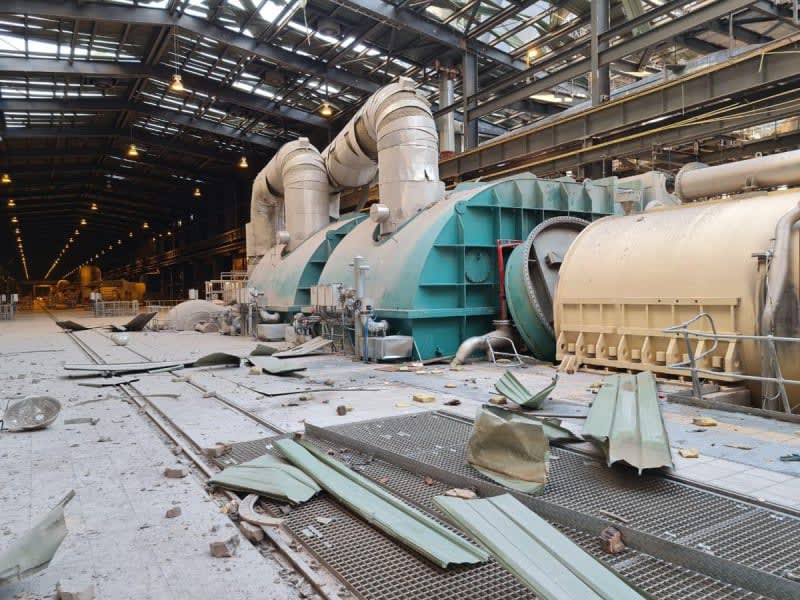SparkyPete
Electrical
When we have a distribution transformer clear the system due to fault indications on the transformer, we test the cover gas head space before we perform any testing on the transformer. The gas tester tests for hydrogen and level is given out in percent LEL. What is your process for purging the head space of hydrogen gas and what is an acceptable limit of hydrogen concentration before performing tests? The tests we start off with is meggar, ratio and TTR

